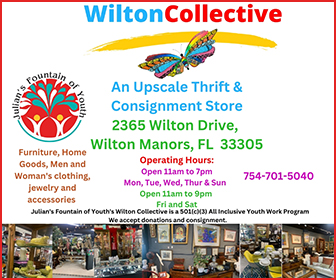
Palm Beach Realtor Hosts Clothing Drive April 18
Palm Beach Realtor Burt Minkoff is hosting a clothing drive to benefit Compass Community Center’s Youth Program April 18.
...
Latest

Absolute ‘Beginners’: An Interview with Gay Filmmaker Goran Stolevski
The year 2023 was an exceptional one for gay filmmakers.
...

Why Were They Not There? | Opinion
At a recent dinner for Human Rights Watch, it was speculated by people at my table that the reason there were fewer people attending than the year before was, in part, because of the HRW report that c...
Follow Us

Maryland Lawmakers Pass Several LGBTQ Rights Bills During 2024 Session
Maryland lawmakers passed a number of LGBTQ rights bills during this year’s legislative session that ended on April 8.
...

Bomb Threat Interrupts Drag Story Hour Event at Virginia Gay Bar
A Drag Story Hour event hosted by the Arlington, Va. gay bar and restaurant Freddie’s Beach Bar was interrupted by a bomb threat sent by email on April 6 requiring parents and their children attendi...






























